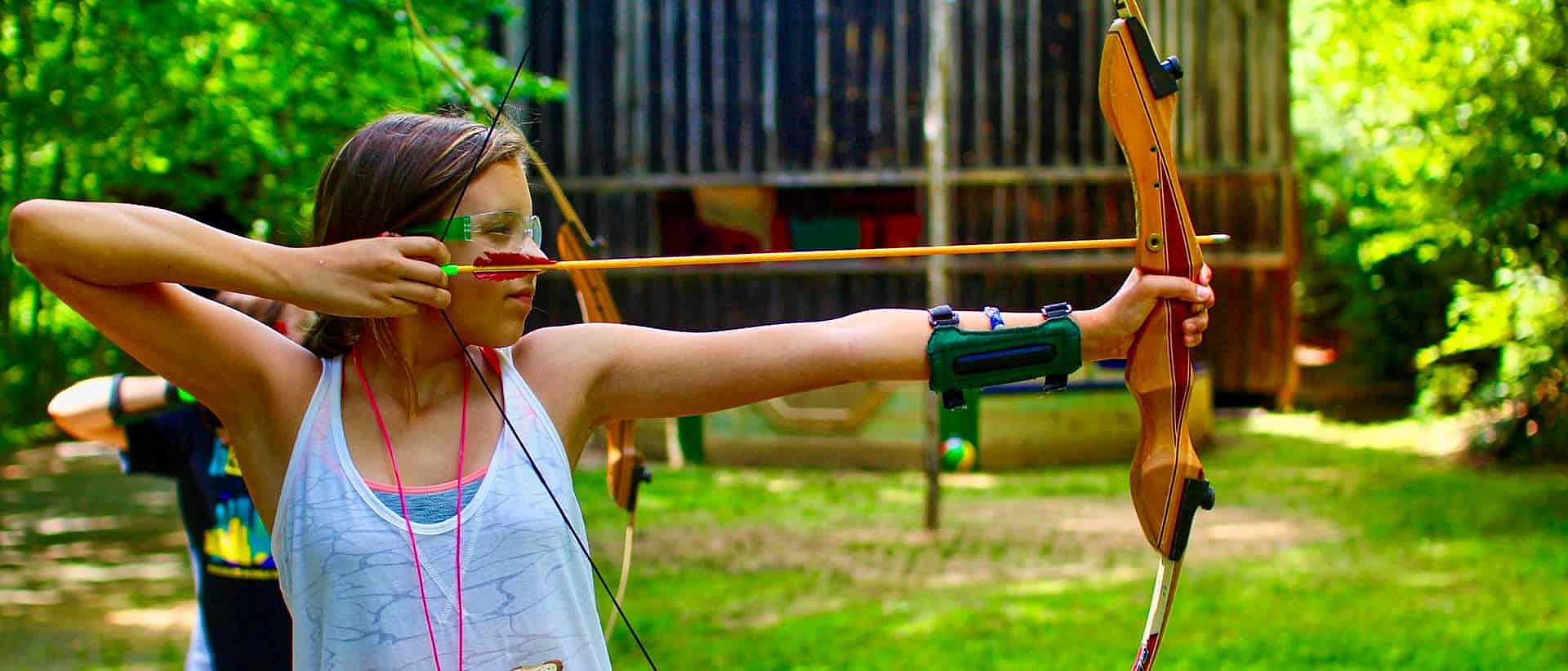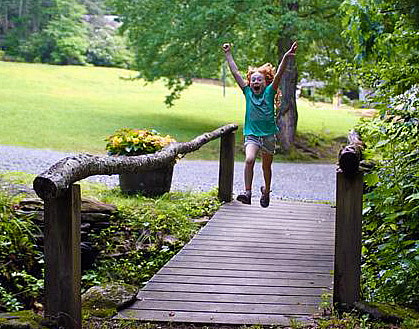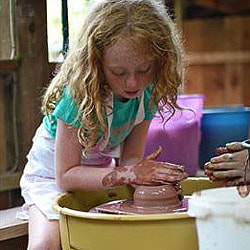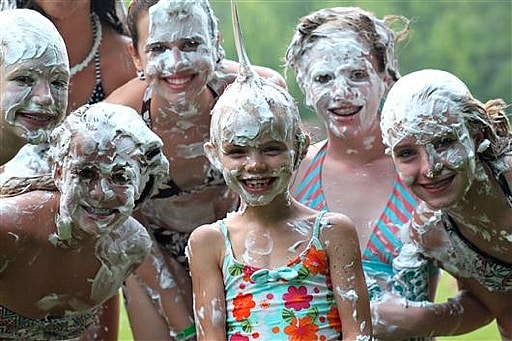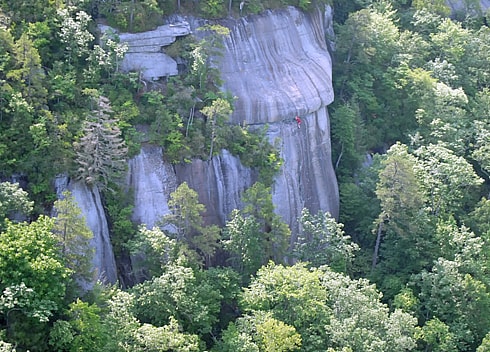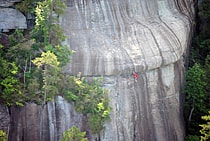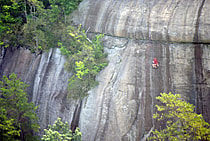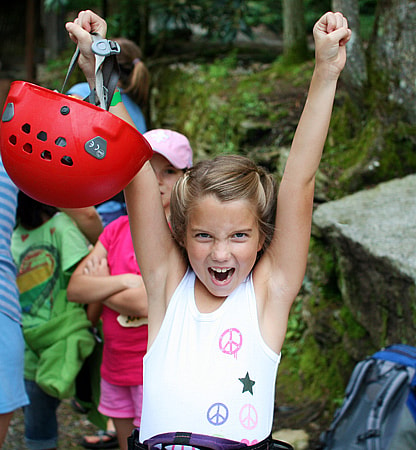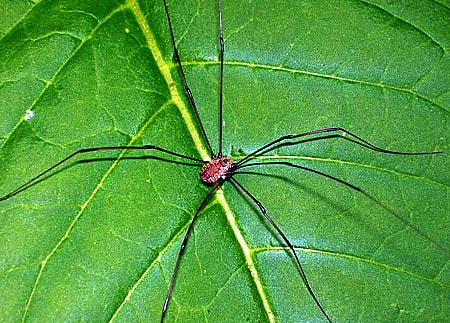This is a time of camp when everyone seems to be settled in. After only these few days together we’re singing the songs louder and more confidently, taking on higher level activity challenges, and most importantly, happily greeting so many more new friends we see around camp. That’s the really cool thing; you can feel the whole community growing closer and caring for each other. And of course, knowing this many people this well, we all are having even more fun. There’s a friend around every corner, someone waiting to join you in whatever the next thing is. “Let’s go get changed for horseback riding!”
One of the oldest buildings at Rockbrook is a 19th century log cabin called Curosty. Originally constructed in nearby, Rockbrook’s founder Nancy Carrier moved it here to serve initially as the camp’s office. Now it houses our fiber arts activities. Inside you’ll find girls learning to weave using all kinds of looms and techniques. They are weaving narrow belts and headbands on tabletop looms, wider and more complex fabrics on the floor looms, and simple designs on lap looms… All surrounded by the hand-hewed timbers of this 150-year-old cabin. On the back porch of Curosty, in the shade of the oaks and hemlocks and nearby a gurgling creek, our Needlecraft activity meets. This is another wonderful opportunity for our campers to step back in time and learn classic needlework crafts like knitting, cross stitch, and embroidery. Working with colorful threads and yarns, the girls are threading, twisting and knotting strands into beautiful designs. Different from some of the more physically active, thrilling activities, stepping into Curosty is calm and conversational.
Guess what happens when you let eight 2nd graders dress you in anything they want. That’s right; it can be pretty crazy, and that’s exactly what the Junior Line girls did tonight to their counselors. For their evening program, and with all sorts of costume props at their disposal, the girls didn’t hold back as they added multiple layers and accessories. Hats, scarves, sunglasses, tiaras, dresses and skirts- nothing seemed out of bounds. The finale was a wild fashion show in the Junior Lodge, which had everyone rolling with laughter. It’s great for the girls to see their counselors be such good sports, throwing themselves into all this silliness, just letting go and enjoying themselves no matter who might be watching. After all, that’s exactly what “having fun” often means.
Also tonight all the Middlers and their counselors took a trip into the Pisgah Forest for a picnic dinner. Rick and his crew packed us yummy Burritos, chips and fruit to eat, and after a short drive we had the whole crew (92 people in all!) skipping and frolicking through the grass of our favorite secret spot. Back in the buses, we then headed to Sliding Rock for a few trips down the rock. A rain shower from earlier in the day had swollen the creek a bit, making it a slightly faster ride, but it had also warmed up the water temperature a bit (though I suspect the girls didn’t really notice!). Sliding Rock is a real mountain treat, and is something Rockbrook campers have enjoyed for generations. Finally, we made a stop at the famous “Dolly’s Dairy Bar,” located at the entrance to the forest. Everyone picked out their favorite flavor for a cup or cone, like “Rockbrook Chocolate Illusion,” to top off the evening.

